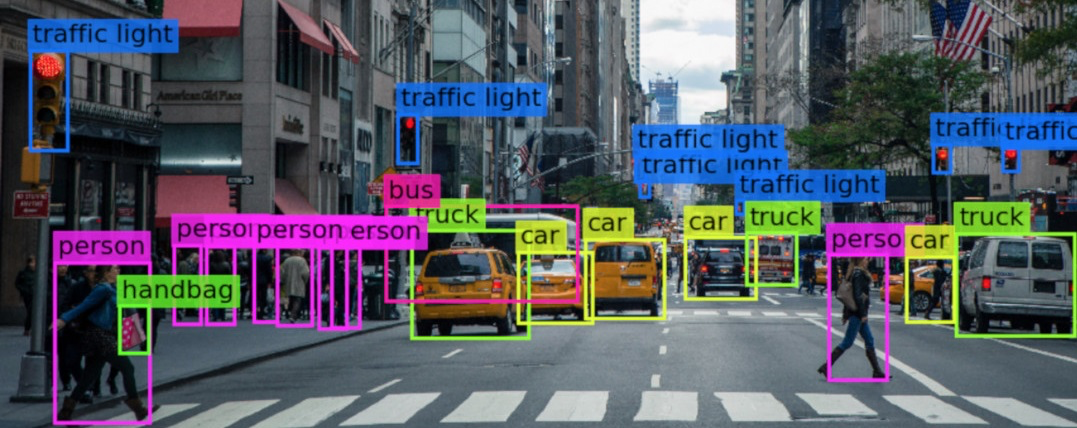
Back in mid 2000s Amazon was the first company to pioneer the use of machine vision in warehouse operations. Its SICK Inspector P30 2D camera, used for positioning in merchandise retrieval, delivers 15% extra picking cycle per hour. Today, Warehouses of all types and sizes are realizing they don’t have to be an e-commerce gorilla to benefit from computer vision and imaging offerings ranging from 3D empty tray detection to smartphone-based scanners. Not only is the vision industry providing the hardware, but they’re helping their warehouse customers leverage the data generated by cameras, sensors, and imagers across the entire enterprise in order to maximize efficiency and productivity. While this is an established fact, adoption of these technologies in warehouses in the past 5 years have been slow. When the benefits are vast and widely known, then why is the adoption so low? Exploring these technologies further hints at the answer.
Machine vision technologies were first used as a superior version of barcode scanners. When image-based industrial barcode readers first debuted, their primary value proposition was providing better read rates and capturing more data than their laser scanner counterparts ever could. In reading direct part mark (DPM), 1D, and 2D barcodes, image-based devices allowed warehouses to save images of codes that didn’t read in order to perform troubleshooting and root cause analysis to help improve the process.
Every time the image reader reads a barcode, valuable data is created. However, by this time, the technology was used to for taking that image, running it through algorithms such as reading the barcode, and processing it right then and there, and then moving onto the next package.
To help keep its customers’ data from languishing, Cognex developed the Cognex Explorer Real Time Monitoring (RTM) system. When the Cognex DataMan detects an unread barcode, it automatically transfers the image to RTM. Using the company’s vision technology, RTM evaluates each image and categorizes them into groups based on their error — for example, missing labels, poorly printed labels, and so on. Categorized images are stored in a database accessible via web browser. However, tracking packages from the front end to back end requires different vision technologies, including barcode readers that integrate OCR [optical character recognition] functionality, sensors that detect the presence or absence of a package, dimensioners that scan the package to provide its volume, and machine vision cameras capturing what is on that package.
For this data to be of any use, the distribution center needs to connect disparate business activities, thus enabling dataflow for centralized decision-making. But many of these systems, including warehouse management, continue to operate in silos.
To tie warehouse activities into front office operations — colloquially known as “shop floor to top floor” — vision products and systems ideally will integrate with an enterprise resource planning (ERP) system, which centrally manages an organization’s business activities and the data generated by them. But an ERP comes with its own challenges. The ERP does just enough to get by, and it’s not very nimble. Additionally, many ERPs are designed for big computer screens with a mouse at a desk.
It is clear from the above, that while technology has certainly advanced, the use of computer vision technology requires integration with several devices which makes its adoption expensive and thus limited to major conglomerates. Furthermore, warehouses are reluctant to shift from existing systems expecting the technology to integrate with dated processes.
We have spent the past five years building an integration tool to connect all silos and disparate systems in a warehouse. TEMPO’s hardware agnostic vision-based inventory management system (VIMS) is a state-of-the-art software that does not require a line-up of hardware equipment or the support of existing data sharing systems to connect disparate facilities. The software works with your facility’s existing camera system to track inventory through its lifecycle from the time it enters your premises until such time it is picked-up for delivery. VIMS harnesses all the data it collects on images which can be distilled and presented to office managers to assess, change, and use the information for decision making. The software works on handheld devices without the need of a bulky computers and offers real-time data for analyses.
While the world is chasing every opportunity to maximum efficiency, you only have to invest in an idea that can transform your operations. VIMS is the gateway that brings machine vision technology to everyone’s pocket


